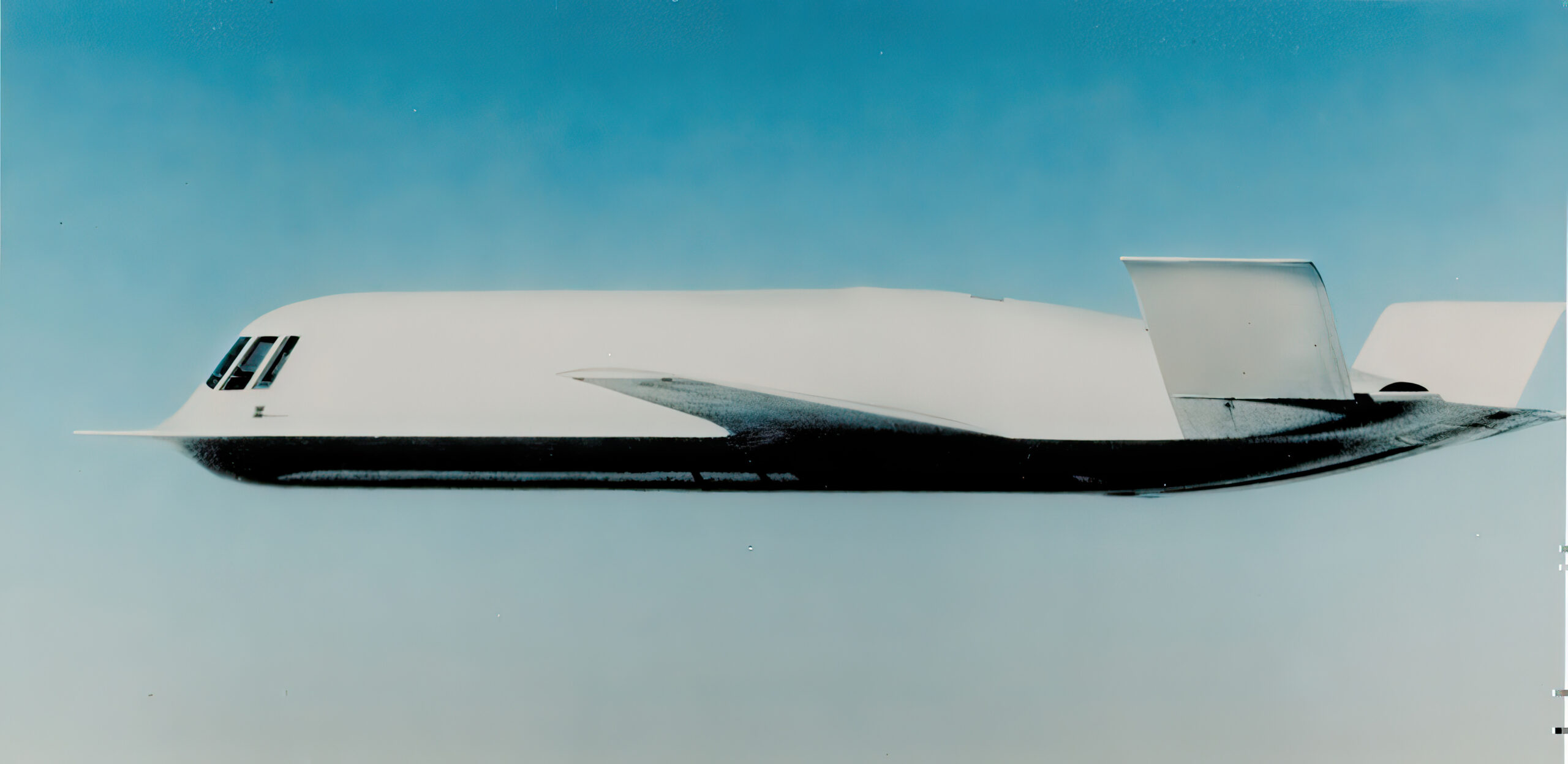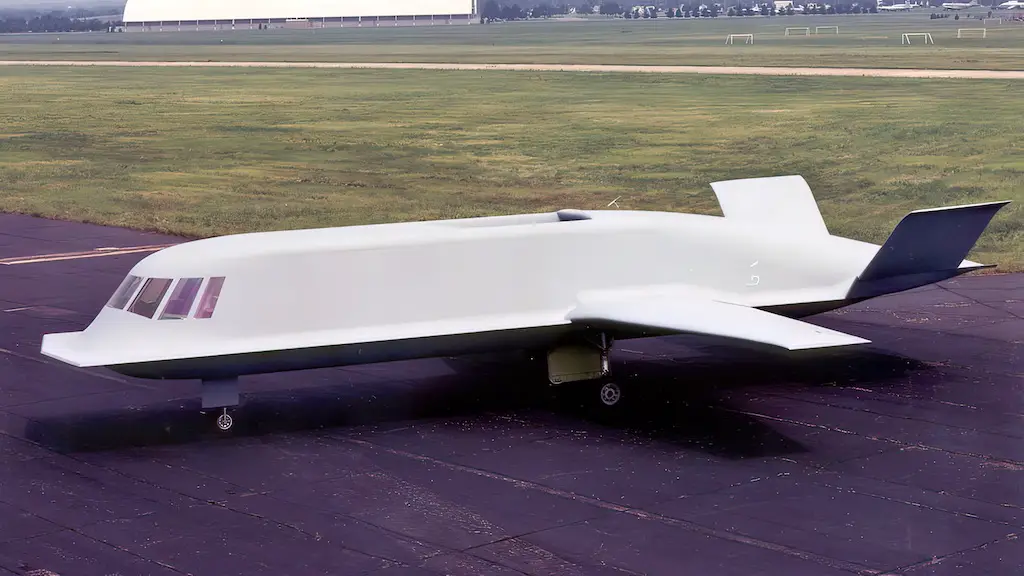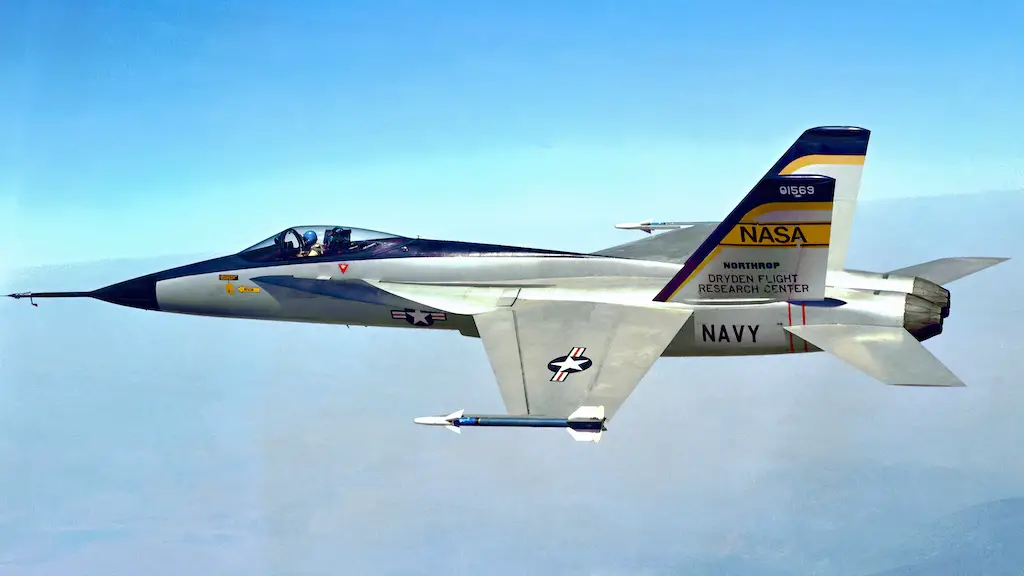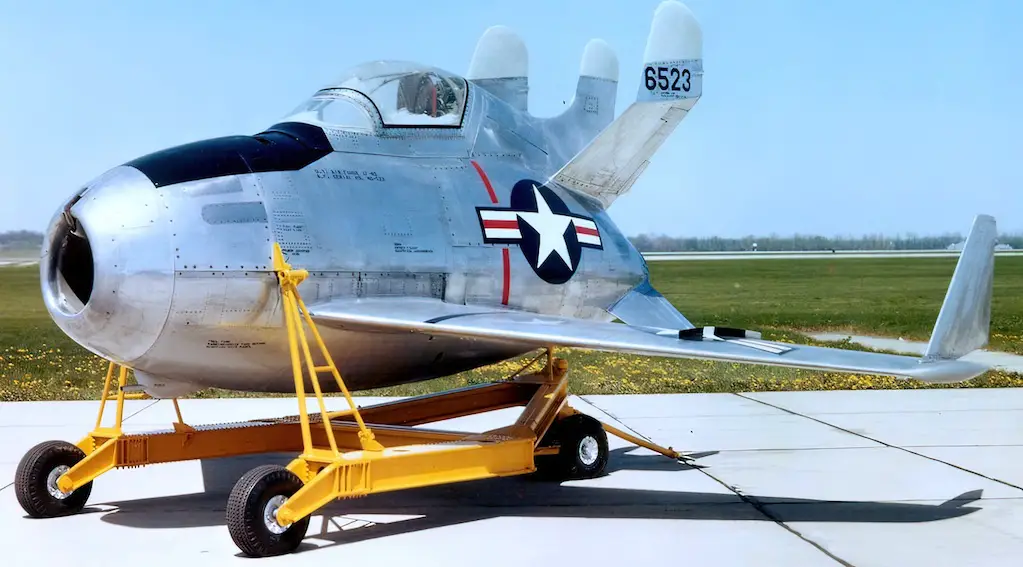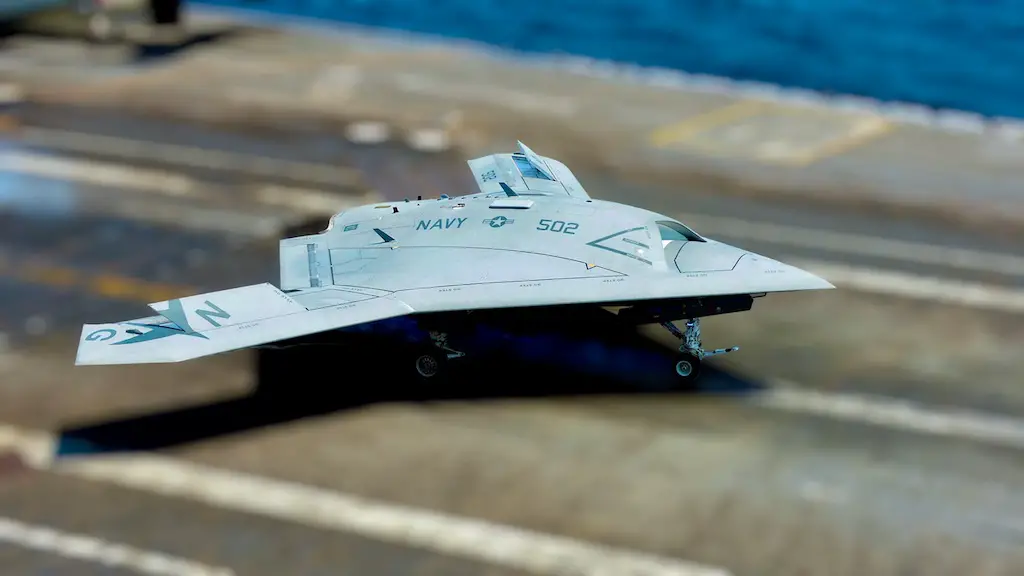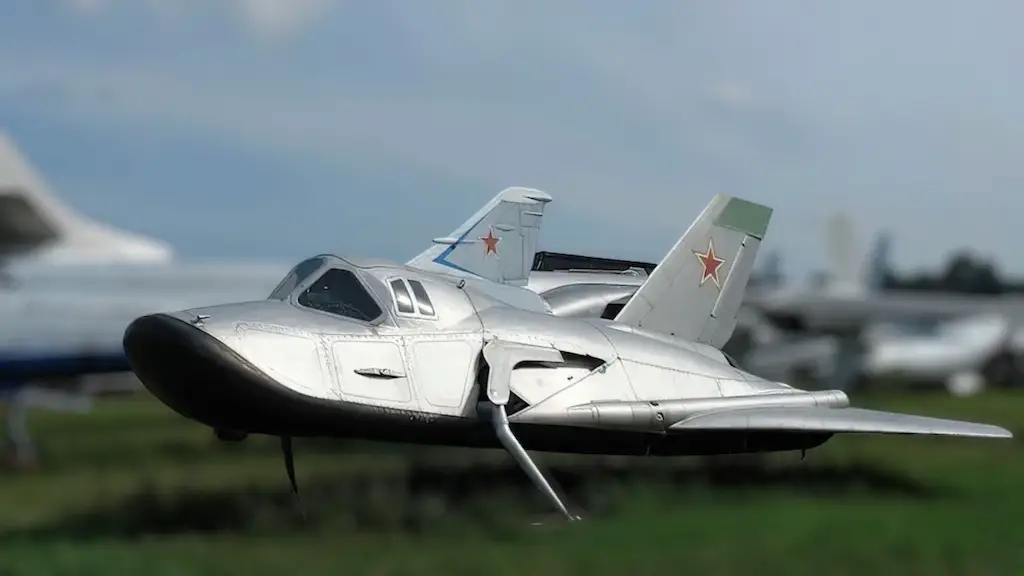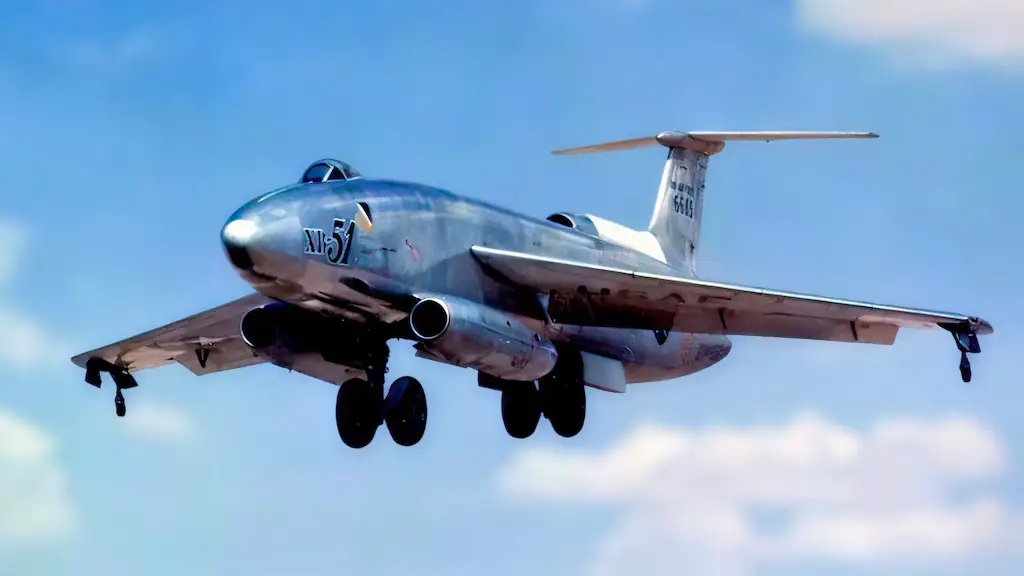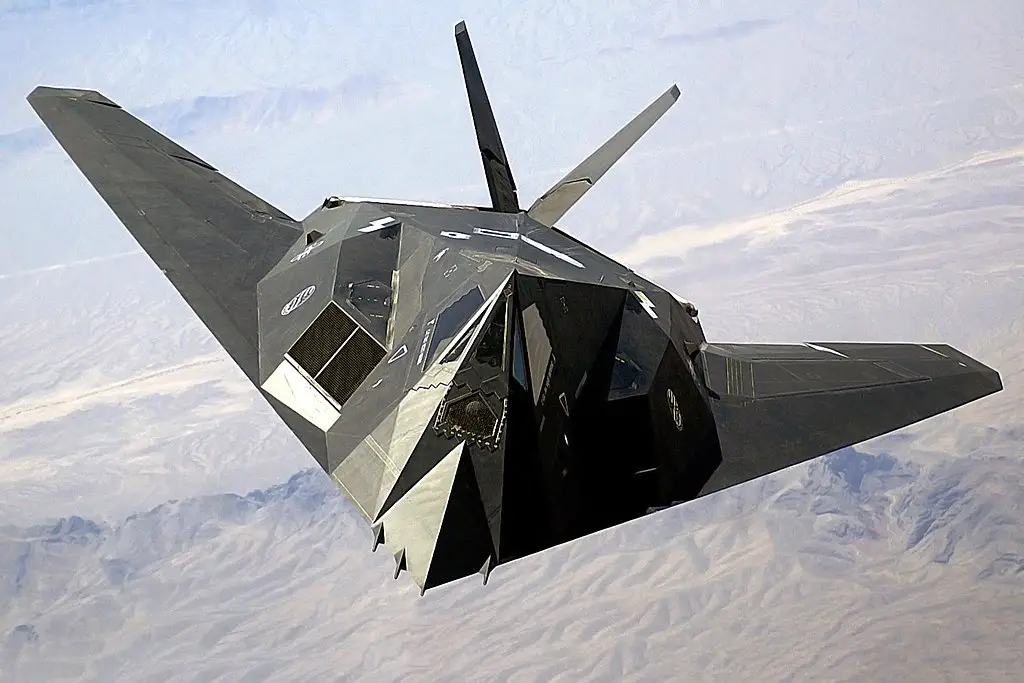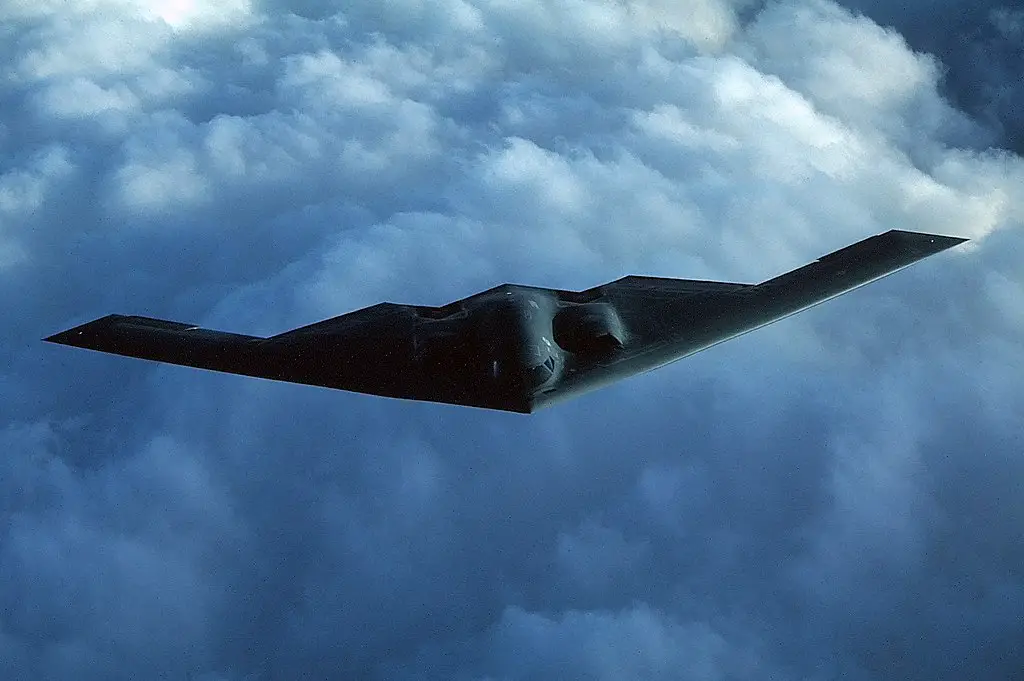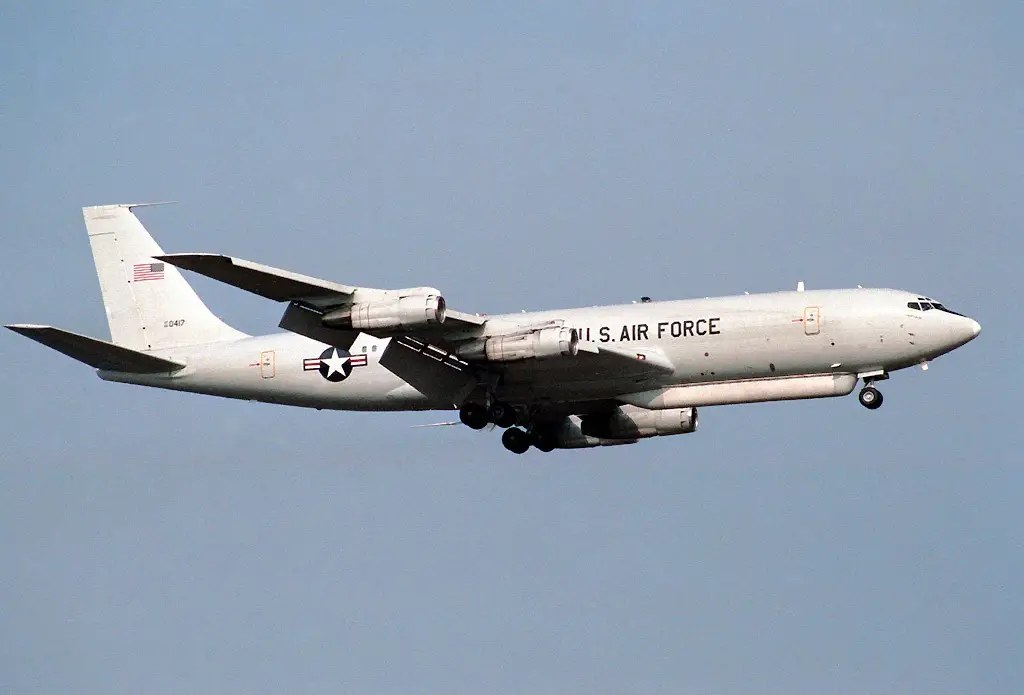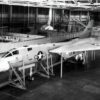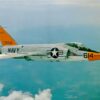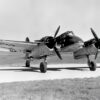At about the same time as Lockheed was working on the F-117 stealth bomber, Northrop built an experimental stealth reconnaissance aircraft, Tacit Blue. It was a somewhat clumsy and ungainly airplane. Its creators and pilots gave it such monikers as ‘Alien School Bus,’ ‘Highly Unstable Mother,’ and ‘Whale,’.
Despite this it featured some of the most advanced technology of the time. Just like the F-117, it was tested at the highly classified Area 51 testing facility in Nevada, known as a subject of multiple UFO-related conspiracy theories. The very existence of the ‘Whale’ was only revealed to the general public more than a decade after its retirement.
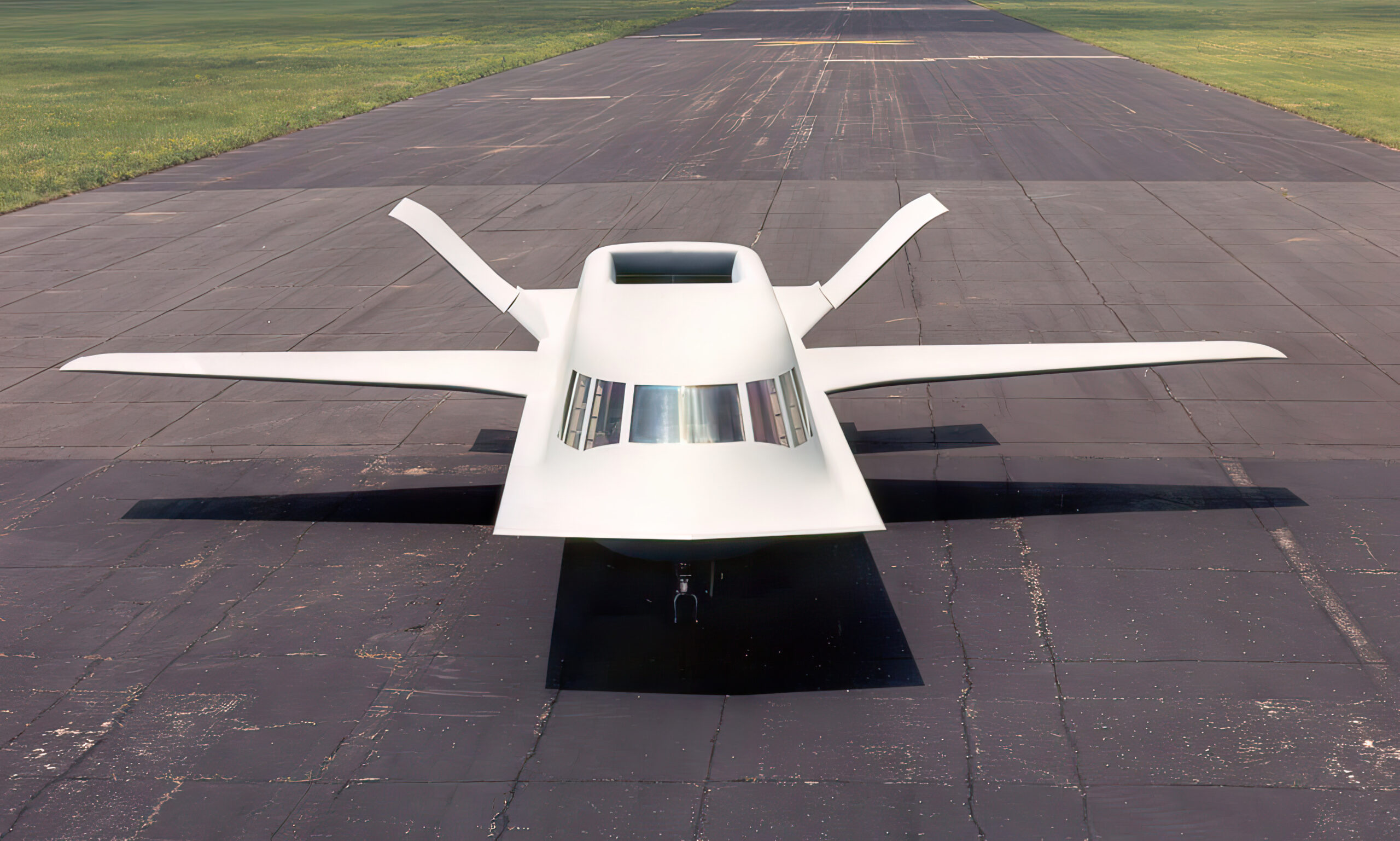
An invisible scout specification
Unlike today, back in the mid-1970s the US military did not have at its disposal a vast fleet of reconnaissance drones capable of providing the command with accurate information regarding the battlefield situation in real time. Back then, all such missions still had to be flown by crewed aircraft, and minimizing risks to their lives was crucial.
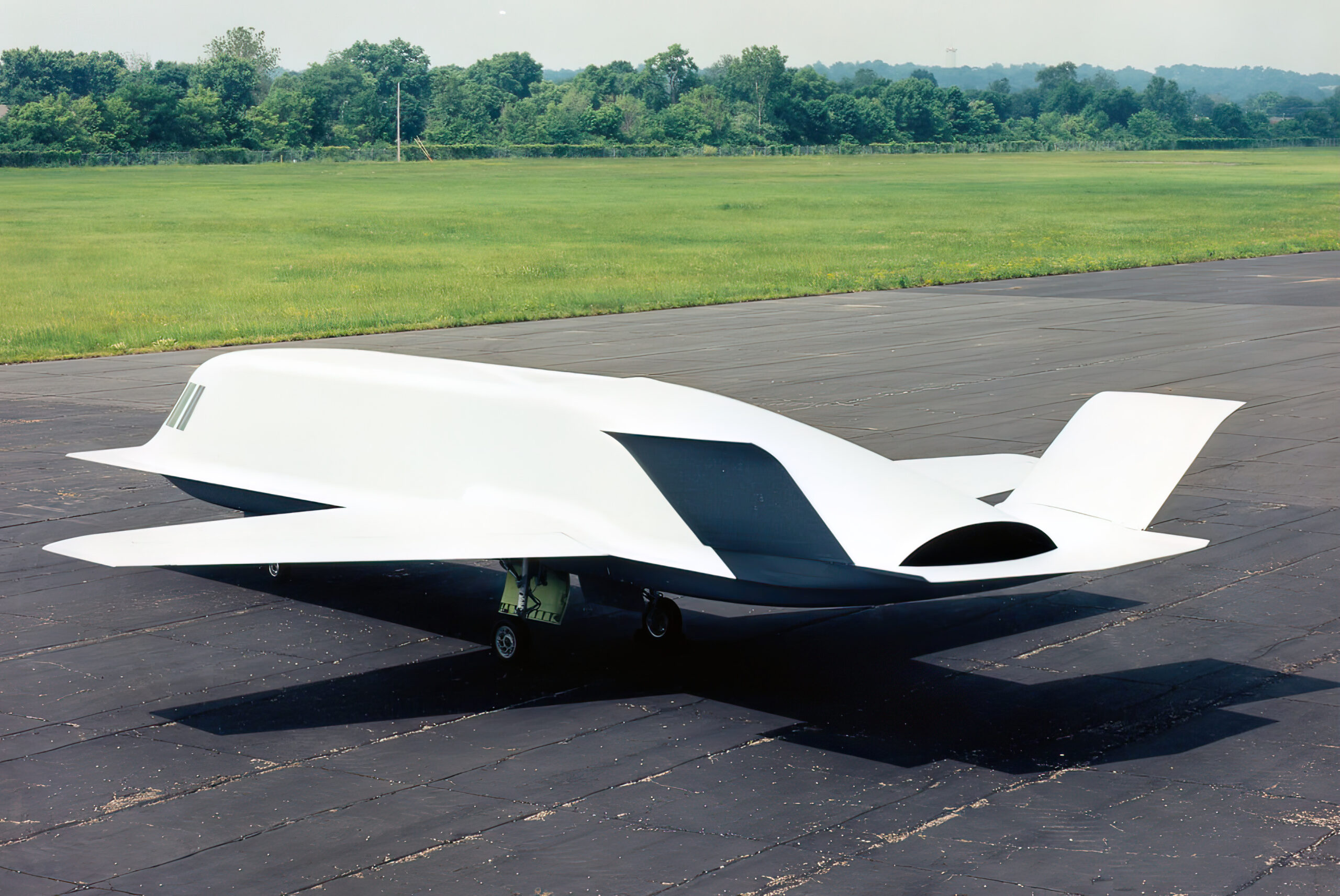
In 1976, Defense Advanced Research Projects Agency (DARPA) and US Air Force joined efforts under the Battlefield Surveillance Aircraft-Experimental (BSAX) program to develop a frontline reconnaissance aircraft capable of safely orbiting in a highly contested airspace. Basically, the task boiled down to creating an aircraft invisible to air defense radars, while operating its own radar without alerting the enemy.
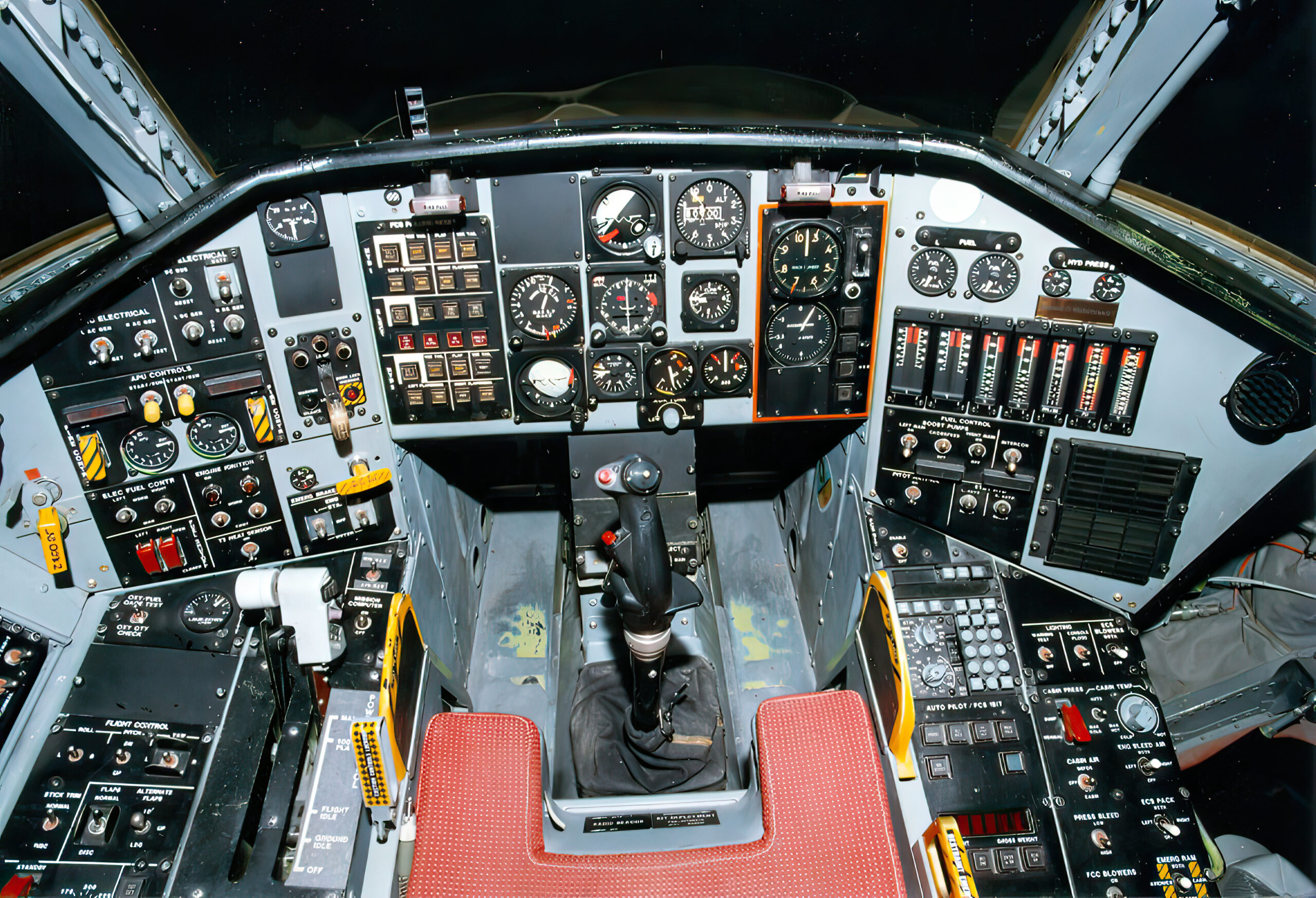
Designing a flying box
The Tacit Blue’s most important part was its large, highly-capable side-looking radar optimized for ground surveillance and a low probability of intercept (LPI). Basically, the whole aircraft was built around that LPI radar and constraints posed by that task significantly contributed to the aircraft’s boxy appearance. Next, Northrop designers had to minimize its radar returns, which they did by applying the curved surfaces approach instead of the faceted surfaces approach featured by Lockheed F-117. And last but not least, they also had to make that flying box actually flyable.
The resulting aircraft featured a blunt nose without a true cone, chined body, straight tapered wing, and a widely-spaced V-tail. An aircraft of such configuration would inevitably be highly unstable, so it was equipped with an advanced fly-by-wire system with quadruple redundancy to make its pilot’s job easier and safer. Tacit Blue was powered by a pair of Garrett ATF3-6 turbofans, each producing 5,440 lb of thrust, and had a top speed of 287 mph. The box made its first flight in February 1982 and proved to fly pretty well.
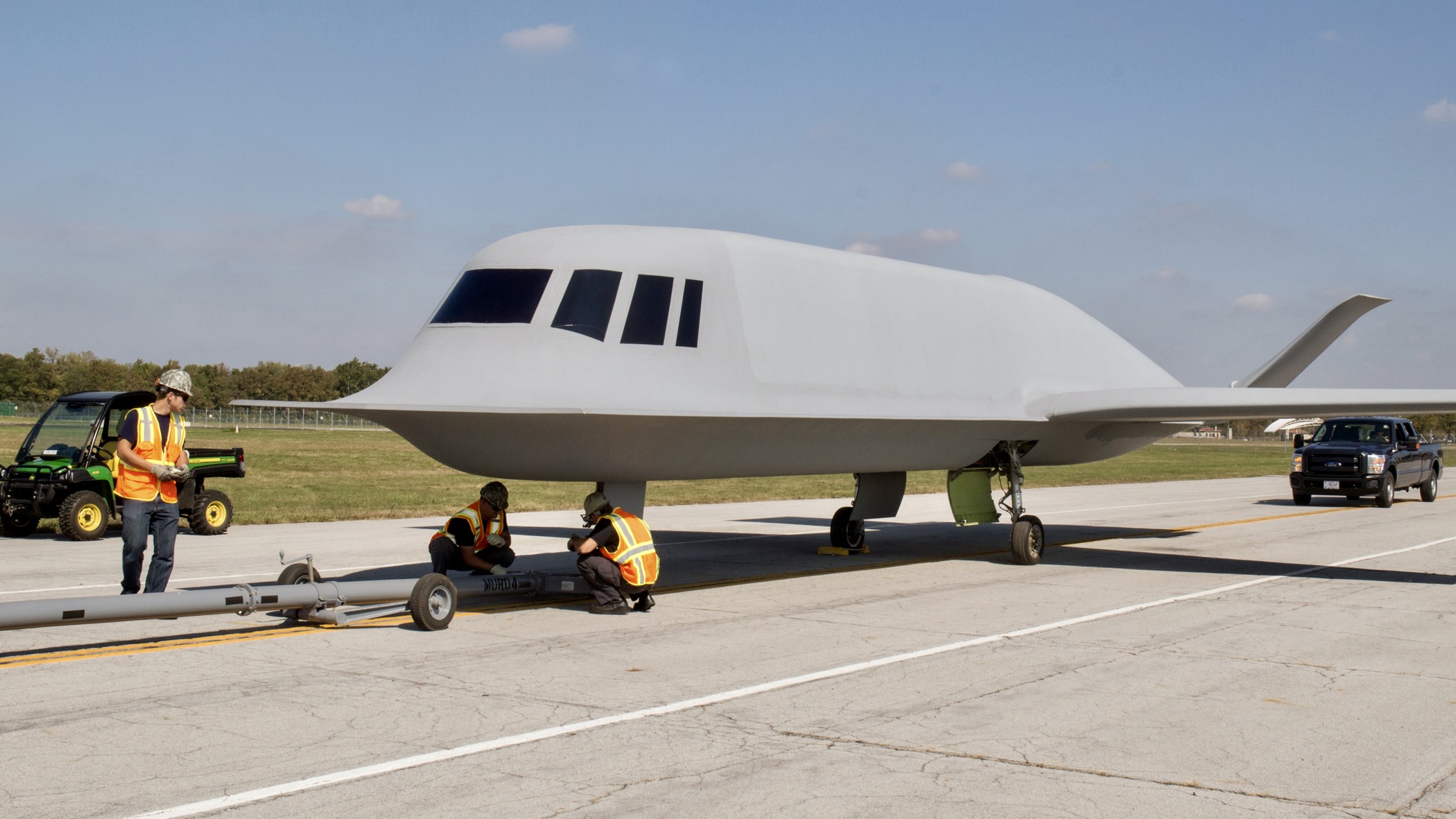
Pentagon’s smart investment
The sole flying prototype spent some 250 hours in the air during 135 tests flights and was retired in 1985. Although Tacit Blue never went into production, the three-year long test program produced a great amount of valuable data that contributed to Northrop B-2 Spirit stealth bomber and E-8 Joint STARS reconnaissance platform.
In fact, the USAF has assessed Tacit Blue as one of the most successful demonstrator programs ever funded. Even after its retirement the ‘Whale’ spent another decade hidden at a secret DoD facility before being finally declassified in 1996. Today, the aircraft is on display at the National Museum of the US Air Force at Wright-Patterson AFB, near Dayton, Ohio.
